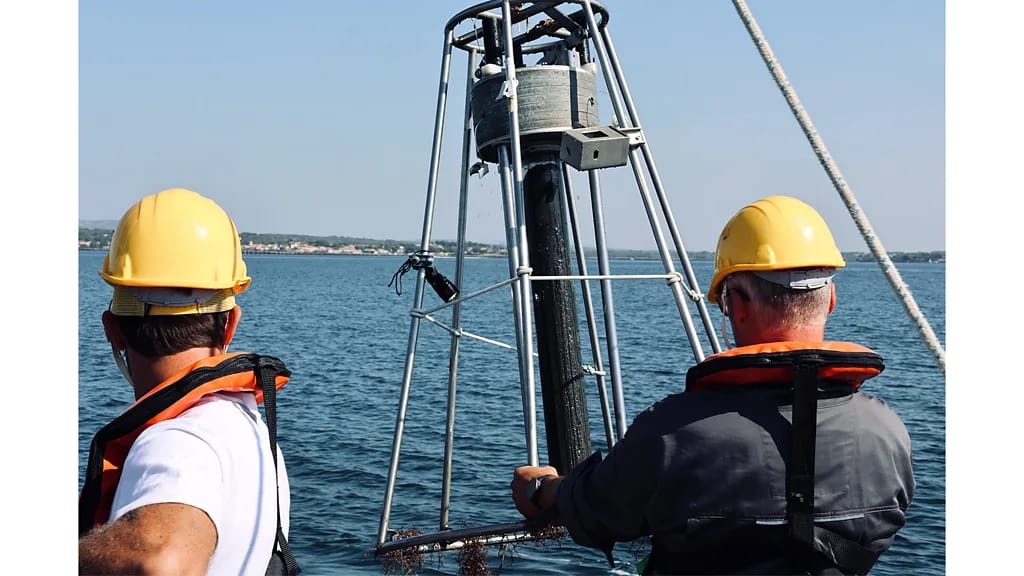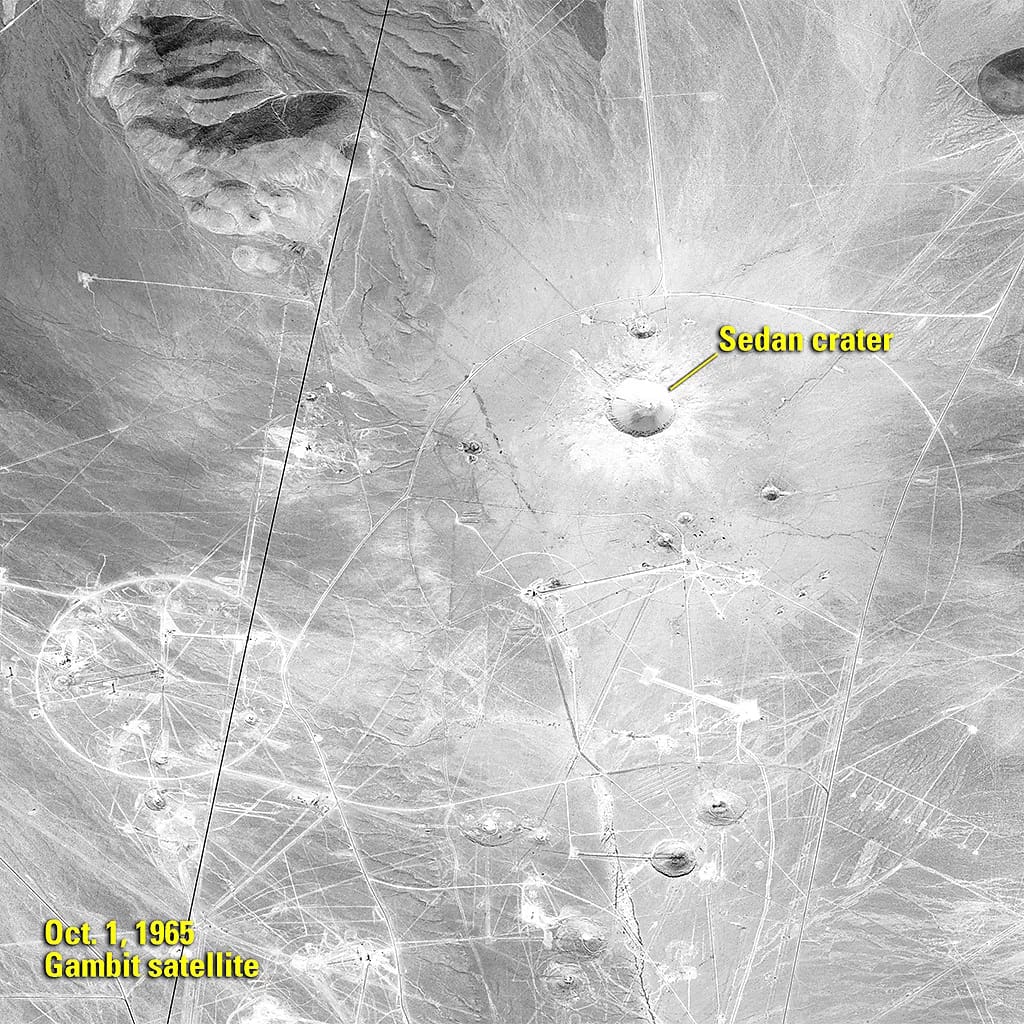In the serene depths of Brest Harbour, France, a stark reminder of humanity’s tumultuous past lingers. Between 2012 and 2017, Raffaele Siano and his team at the French Institute for Ocean Science (Ifremer) conducted studies revealing significant changes in the marine environment due to human actions dating back to World War II. This research is part of a broader scientific endeavor to document the profound ways in which human activities have left indelible marks on the planet, potentially signaling a new geological epoch: the Anthropocene.

Uncovering History Through Sediment
Siano’s exploration involved extracting sediment cores from Brest Harbour, which had been a focal point of wartime activity and subsequent industrial pollution. The oldest layers of these sediments, dating before 1941, contained genetic traces of dinoflagellates—a type of plankton—that were vastly different from those in more recent layers. Notably, certain species that were abundant before the war almost vanished in the subsequent years. This shift was linked to the harbor’s bombardment during the war and a catastrophic explosion of a Norwegian cargo ship in 1947, which released large quantities of ammonium nitrate into the sea.

Further changes were observed in the sediment samples from the 1980s and 1990s, corresponding with the intensification of agricultural activities around the harbor, leading to different types of pollution affecting marine life.
Global Patterns of Anthropogenic Impact
The phenomenon of environmental change due to human influence is not confined to Brest. Around the world, researchers are piecing together evidence from various natural archives such as tree rings, ice cores, and coastal sediments to paint a comprehensive picture of human impact on Earth.
For instance, similar studies have been conducted in other parts of the world like Pearl Harbor, where heavy metal pollution also spiked following significant wartime events. In China, soil sediments have shown a sharp increase in metal contamination since 1950, aligning with the rise in industrial activity and air pollution in the region.
Even ancient human activities have left their marks. Roman metallurgy operations have been found to contribute to lead contamination in Europe, visible in ice and peat cores across the continent. These historical pollutants provide a timeline of human industrial activity and its environmental consequences.
Preserving Clues in Natural Archives
Jean-Luc Loizeau of the University of Geneva has studied sediments in Lake Geneva, which have preserved traces of human activity, such as heavy metal pollution dating back to the 1930s. Events like industrial accidents in the 1970s that released mercury into the lake have been pinpointed through sediment analysis, showing precise timings and the extent of contamination.
Moreover, the legacies of nuclear technology and weaponry are scattered across the globe, from radium remnants in Swiss landfills to radioactive particles on beaches near Hiroshima. These materials tell the story of a century marked by profound technological advancements and equally profound environmental impacts.
Conclusion
The ongoing research into the Anthropocene—examining how human actions have been etched into the Earth’s very fabric—highlights not only the extent of our influence on the planet but also the potential for these marks to serve as warnings for future generations. As scientists like Siano and Loizeau continue to investigate these phenomena, the story of human impact grows clearer, illustrating the urgent need for a more sustainable interaction with our planet’s ecosystems.
